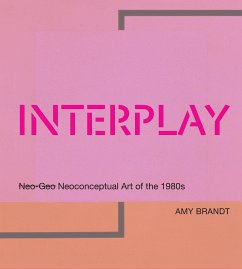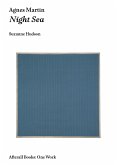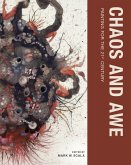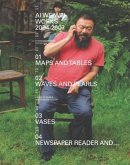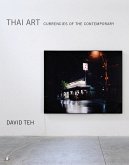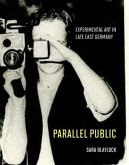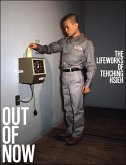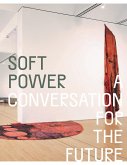The first in-depth study of a group of artists known for their irony, their theoretical impulses, and their market success in the 1980s.
Emerging from New York's East Village art scene of the 1980s, the so-called neo-geo artists were a loosely associated group that included the painters Ashley Bickerton, Peter Halley, Sherrie Levine, Allan McCollum, Philip Taaffe, and Meyer Vaisman and the sculptors Jeff Koons and Haim Steinbach. Labeled neo-geo for the abstract geometric motifs that characterized only some of their work, the movement was also known variously as simulationism, neoconceptualism, neo-pop, neominimalism, and postabstraction. In this, the first in-depth study of the group, Amy Brandt argues that neoconceptualism is the most precise name for their work. Brandt sees it as an art about art history, characterized by ironic adaptations of past artistic movements and styles, a tendency toward visual interplay, and a theoretical impulse driven by postmodern concerns with intertextuality, deconstruction, and poststructuralism.
Brandt investigates the East Village art scene of the 1980s and argues that the neoconceptualists' theoretical orientation distinguished them from other artists of the era. She traces the divergence in art critics' responses to the group's work and charts their market success. Brandt examines in detail the references to art history found in the work; she explores the group's formal connections to pop, minimalism, and conceptualism; and she investigates the relationships between the neoconceptual artists and another loosely connected group of artists, the Pictures generation.
Emerging from New York's East Village art scene of the 1980s, the so-called neo-geo artists were a loosely associated group that included the painters Ashley Bickerton, Peter Halley, Sherrie Levine, Allan McCollum, Philip Taaffe, and Meyer Vaisman and the sculptors Jeff Koons and Haim Steinbach. Labeled neo-geo for the abstract geometric motifs that characterized only some of their work, the movement was also known variously as simulationism, neoconceptualism, neo-pop, neominimalism, and postabstraction. In this, the first in-depth study of the group, Amy Brandt argues that neoconceptualism is the most precise name for their work. Brandt sees it as an art about art history, characterized by ironic adaptations of past artistic movements and styles, a tendency toward visual interplay, and a theoretical impulse driven by postmodern concerns with intertextuality, deconstruction, and poststructuralism.
Brandt investigates the East Village art scene of the 1980s and argues that the neoconceptualists' theoretical orientation distinguished them from other artists of the era. She traces the divergence in art critics' responses to the group's work and charts their market success. Brandt examines in detail the references to art history found in the work; she explores the group's formal connections to pop, minimalism, and conceptualism; and she investigates the relationships between the neoconceptual artists and another loosely connected group of artists, the Pictures generation.
Brandt provides a critical reevaluation (and renaming) of neoconceptual artists, typically called neo-geo, in New York City during the 1980s. By closely examining the work of Jeff Koons, Peter Halley, Philip Taafe, Haim Steinbach, Sherrie Levine, Ashley Bickerton, and many others, Brandt demolishes the Neo Geo pejorative (think bright colors and geometric forms) and arrives at a much more convincing and meaningful analysis based on the artists' theoretical underpinnings. ARLIS/NA

